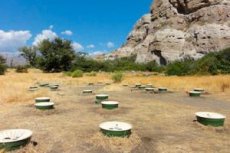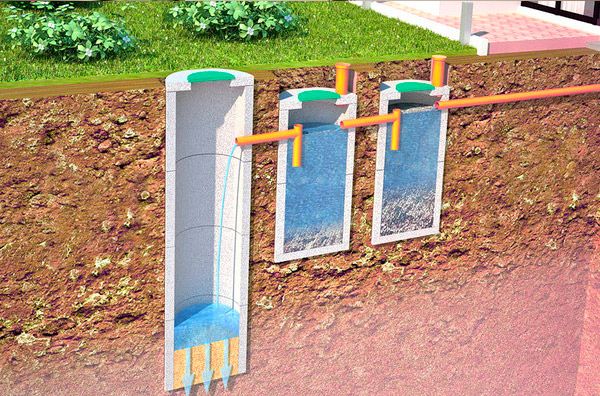New publications
Wastewater can help grow trees in deserts
Last reviewed: 02.07.2025

All iLive content is medically reviewed or fact checked to ensure as much factual accuracy as possible.
We have strict sourcing guidelines and only link to reputable media sites, academic research institutions and, whenever possible, medically peer reviewed studies. Note that the numbers in parentheses ([1], [2], etc.) are clickable links to these studies.
If you feel that any of our content is inaccurate, out-of-date, or otherwise questionable, please select it and press Ctrl + Enter.

Deforestation in Africa is causing desertification, which is a major problem and planting new forests can help. But the main problem is that dry areas lack fresh water, which is necessary for irrigation and normal development of seedlings.
In Egypt, experts have proposed an innovative solution to an African problem that confirms that in order to grow trees and other plants in regions where water is scarce, it is not necessary to establish an expensive supply of fresh water, but rather to use an adapted wastewater system.
In the 1990s, the Egyptian government launched a program to grow various trees near Cairo. The huge plantation contains both local and imported trees and shrubs, including some rare and valuable species, but since the soil in the area is poor in nutrients and there is a shortage of fresh water, researchers have suggested using wastewater for irrigation, which, as studies have shown, provides the seedlings with all the necessary nutrients, eliminating the need for additional fertilizing.
Wastewater sent for irrigation undergoes several stages of purification: at the initial stage, specialists run it through mechanical filters that remove various contaminants, and then saturate the water with microorganisms and oxygen, due to which the decomposition of organic matter occurs more effectively. At the end of the purification, wastewater is saturated with various nutrients present in specialized fertilizers, which allows them to be used both for irrigation and for fertilizing the soil.
As a rule, this method is not suitable for all types of plants, some require less or more nutrients, and there is a risk of contamination of fruits and vegetables with dangerous bacteria. But in those regions where, due to the dry climate, trees do not take root at all, this method of watering can be an excellent alternative to labor-intensive and expensive supplies of fresh water.
A team of specialists from the Egyptian University has been conducting research related to planting greenery in arid regions for several years. According to Hani El Kateba, an employee of the Technical University of Munich, it is possible to obtain wood from eucalyptus planted in Cairo several times faster than from pines grown in Germany. In Egypt, the trees are quite large in size, approximately 350 m3 of wood can be obtained from a hectare in 15 years, while in Germany, it would take 60 years to obtain the same amount of wood from pines. El Kateba collaborates with specialists from Ain Shams University and together with them conducts experiments on planting greenery in arid regions.

It is worth noting that this method is the most acceptable option for Egypt. According to experts, 80% of wastewater (which is approximately 7 billion m3 per year) will help to sow more than 600 thousand hectares in the desert and in the future use trees for timber production.
 [ 1 ]
[ 1 ]
